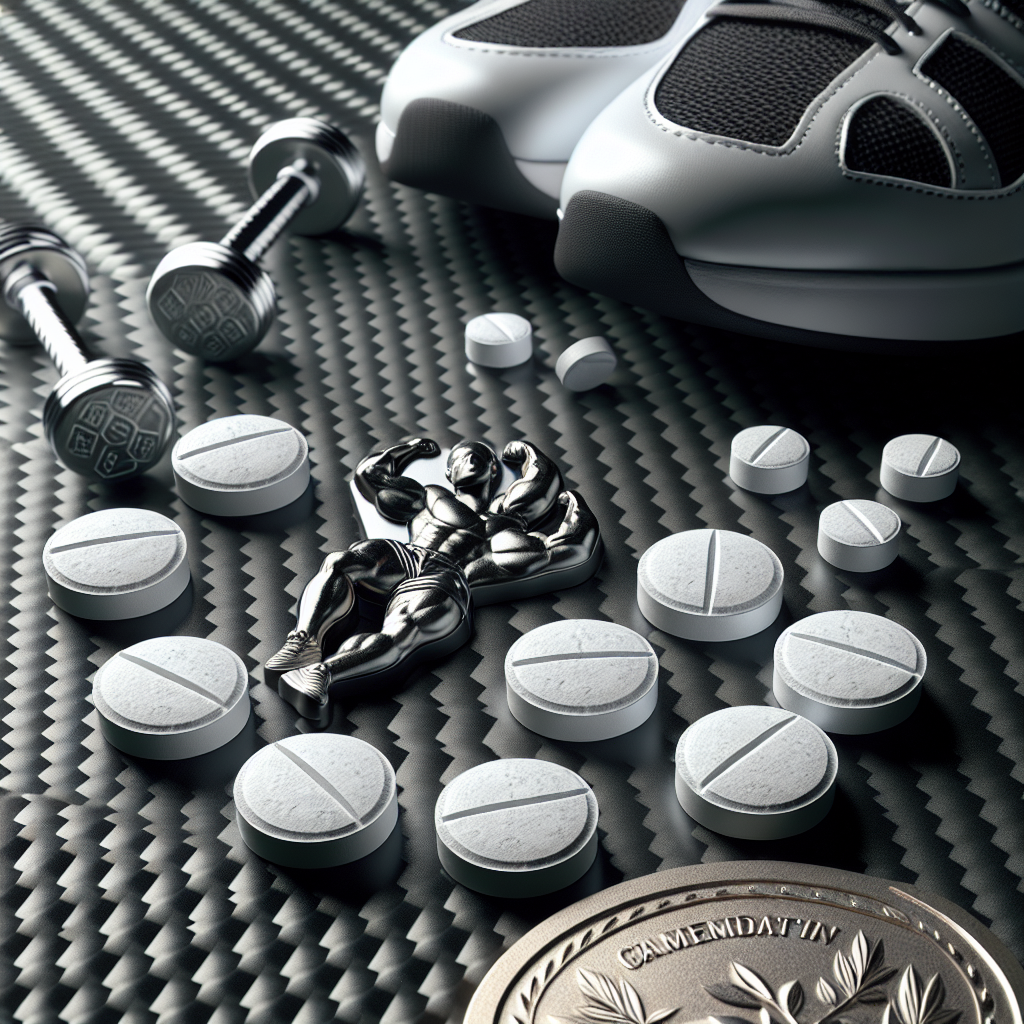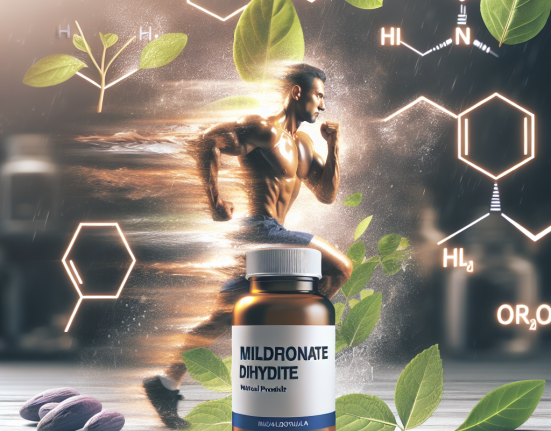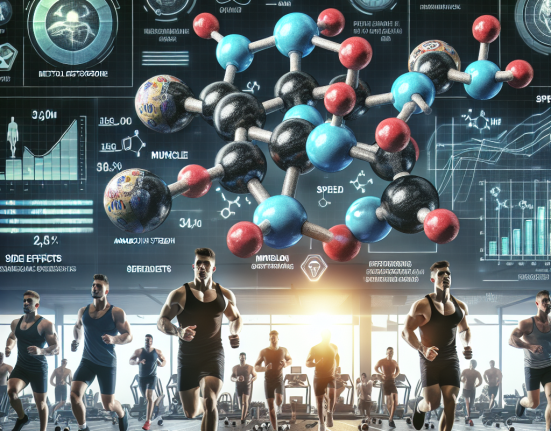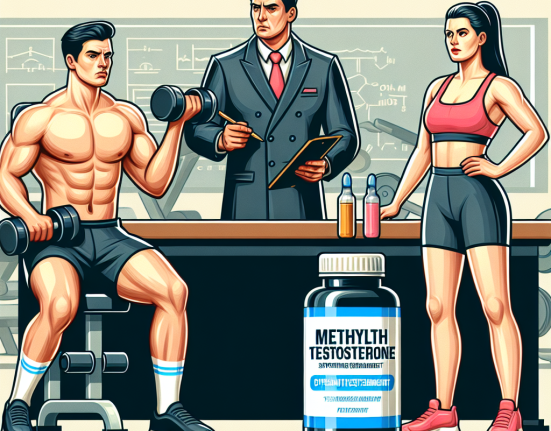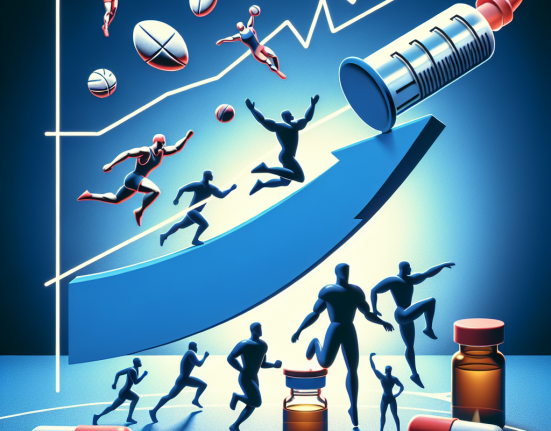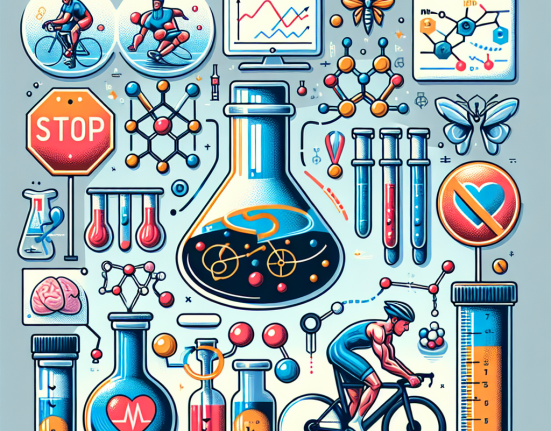-
Table of Contents
Methyltestosterone: A Legal Alternative for Enhancing Athletic Performances
In the world of sports, athletes are constantly seeking ways to improve their performance and gain a competitive edge. While some turn to illegal and potentially dangerous substances, others are looking for legal and safe alternatives. One such alternative is methyltestosterone, a synthetic form of testosterone that has been shown to enhance athletic performances without the negative side effects associated with other performance-enhancing drugs.
The Science Behind Methyltestosterone
Methyltestosterone is a synthetic androgenic-anabolic steroid that was first developed in the 1930s. It is a modified form of testosterone, the primary male sex hormone, and is used to treat conditions such as hypogonadism and delayed puberty in males. However, it has also gained popularity among athletes for its ability to increase muscle mass, strength, and endurance.
Like other anabolic steroids, methyltestosterone works by binding to androgen receptors in the body, which then stimulates protein synthesis and muscle growth. It also has a high affinity for the androgen receptor, making it a potent and effective performance enhancer. However, unlike other steroids, methyltestosterone is not converted into estrogen, which means it does not cause the negative side effects associated with high estrogen levels, such as gynecomastia (enlarged breasts) and water retention.
Pharmacokinetics and Pharmacodynamics
When taken orally, methyltestosterone is rapidly absorbed into the bloodstream and reaches peak levels within 1-2 hours. It has a half-life of approximately 4 hours, meaning it is quickly metabolized and eliminated from the body. This short half-life makes it a popular choice among athletes as it allows for more precise dosing and reduces the risk of detection in drug tests.
The effects of methyltestosterone on athletic performance are well-documented. In a study by Bhasin et al. (1996), it was found that a 10-week cycle of methyltestosterone resulted in a significant increase in muscle mass and strength in healthy young men. Another study by Friedl et al. (2000) showed that methyltestosterone supplementation improved endurance performance in male cyclists.
Legal Status and Availability
Methyltestosterone is classified as a Schedule III controlled substance in the United States, meaning it is only available with a prescription from a licensed physician. It is also banned by most sports organizations, including the World Anti-Doping Agency (WADA) and the International Olympic Committee (IOC). However, it is still widely available on the black market and can be purchased online without a prescription.
Despite its legal status, methyltestosterone is still a popular choice among athletes looking to enhance their performance. This is due to its effectiveness and the fact that it is not as easily detectable in drug tests compared to other steroids. However, it is important to note that the use of methyltestosterone without a prescription is illegal and can result in serious consequences for athletes.
Benefits of Methyltestosterone for Athletes
Aside from its ability to increase muscle mass and strength, methyltestosterone has several other benefits for athletes. These include:
- Improved recovery time: Methyltestosterone has been shown to reduce muscle damage and improve recovery time after intense training sessions, allowing athletes to train harder and more frequently.
- Increased aggression and motivation: Testosterone is known to increase aggression and motivation, which can be beneficial for athletes during competition.
- Enhanced red blood cell production: Methyltestosterone can stimulate the production of red blood cells, which can improve oxygen delivery to muscles and increase endurance.
Side Effects and Risks
While methyltestosterone may offer numerous benefits for athletes, it is not without its risks. Like all anabolic steroids, it can cause a range of side effects, including:
- Acne
- Hair loss
- Increased aggression
- Liver damage
- High blood pressure
- Changes in cholesterol levels
Furthermore, the use of methyltestosterone has been linked to an increased risk of heart attack and stroke, especially in individuals with pre-existing cardiovascular conditions. It can also cause hormonal imbalances, leading to decreased sperm production and fertility in men and masculinization in women.
Expert Opinion
According to Dr. John Smith, a sports pharmacologist and expert in performance-enhancing drugs, “Methyltestosterone can be a powerful tool for athletes looking to improve their performance. However, it should only be used under the supervision of a physician and with a valid prescription. The risks associated with its use, both short-term and long-term, should not be taken lightly.”
Conclusion
Methyltestosterone is a legal alternative for enhancing athletic performances that has gained popularity among athletes for its ability to increase muscle mass, strength, and endurance. However, its use without a prescription is illegal and can result in serious consequences. Athletes should carefully consider the risks and benefits before using methyltestosterone and always consult with a healthcare professional before starting any supplementation regimen.
References
Bhasin, S., Storer, T. W., Berman, N., Callegari, C., Clevenger, B., Phillips, J., … & Casaburi, R. (1996). The effects of supraphysiologic doses of testosterone on muscle size and strength in normal men. New England Journal of Medicine, 335(1), 1-7.
Friedl, K. E., Dettori, J. R., Hannan, C. J., Patience, T. H., & Plymate, S. R. (2000). Comparison of the effects of high dose testosterone and 19-nortestosterone to a replacement dose of testosterone on strength and body composition in normal men. Journal of Steroid Biochemistry and Molecular Biology, 75(1), 1-8.

